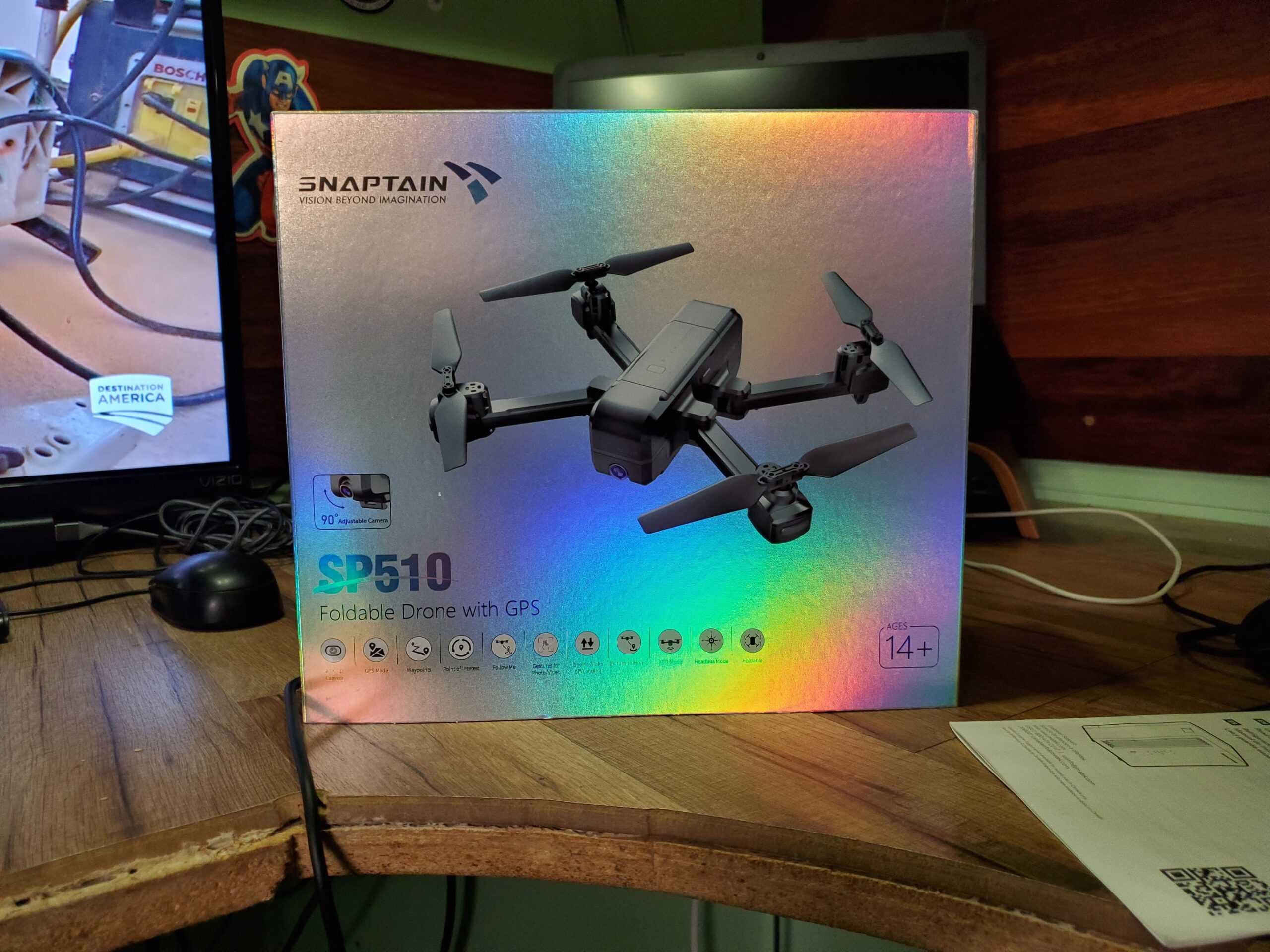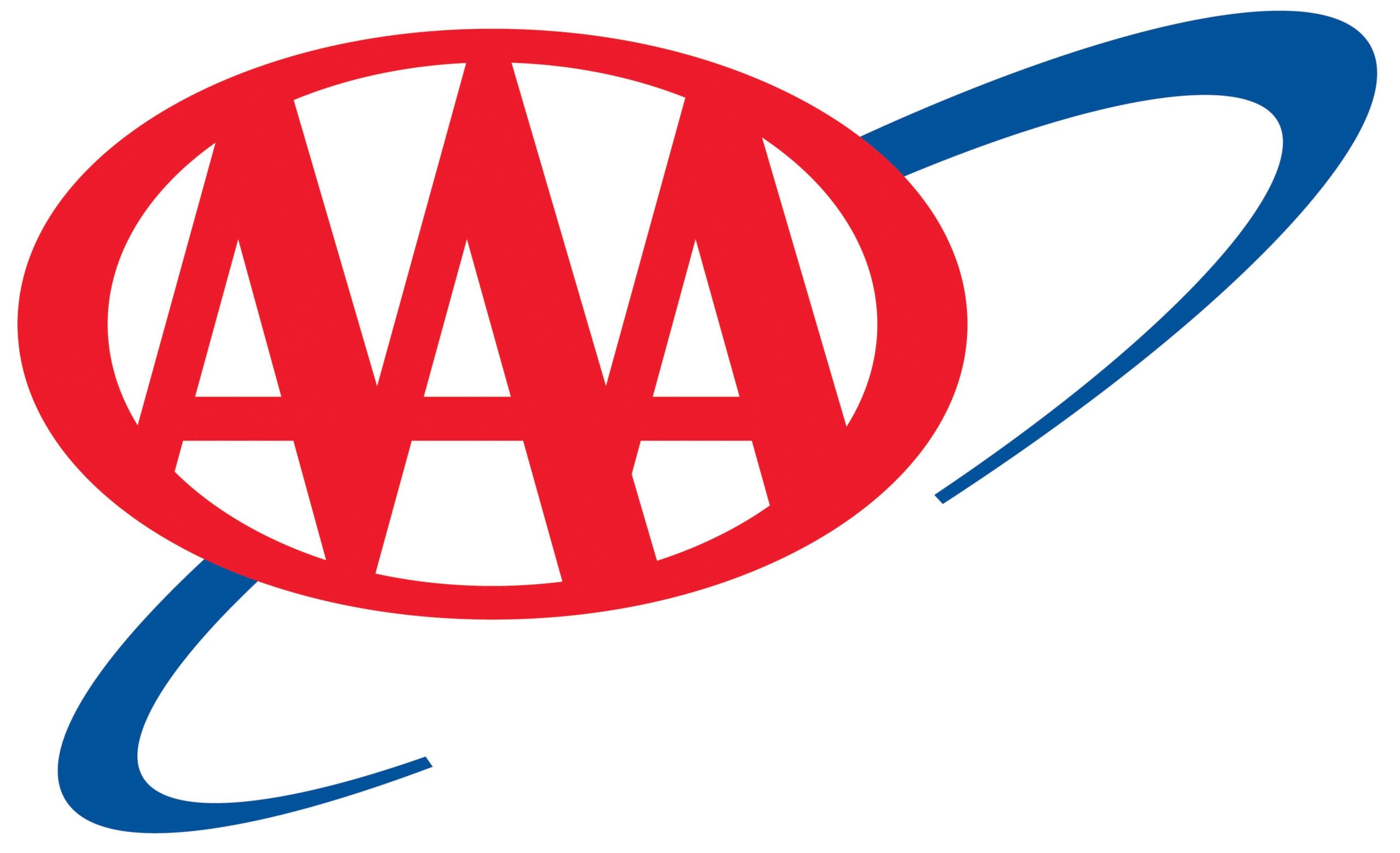Flying Drones And The Concept Of Private Airspace

Drones are very popular these days. They can do so many different things, from getting unique video footage of a football field for a documentary, to delivering supplies to hard to get to areas. Yet, there is a lot of controversy over what types of drones and where they are legally able to fly. The concept of private airspace is a murky subject and one that needs careful consideration before attempting to fly your drone.
Does private airspace exist?
Technically, yes it does. “Historically, the concept was based on the idea that a landowner had rights to the air above his property” says Dennis Powell, a tech blogger at Draft beyond and Writinity. A landowner was considered to own all of his property “all the way to heaven and all the way to hell”. This became known as the “heaven and hell” doctrine, which was adopted by most of the States, giving rights to everything above and below their property, period.
This concept was refined by a U.S. Supreme Court case in 1946. In the U.S. v. Causby, the Supreme Court ruled that the landowner “owns at least as much of the space above the ground as he can occupy or use in connection with the land”. Meaning that a landowner does have some rights to the airspace above their own property, and if anything flies through it and it disrupts their livelihood, like it did the Causby’s, they are entitled to some takings, or compensation in this case. So, how does this apply to drones and airspace?
The FAA and controlled vs uncontrolled airspace and drones
Federal law gives the government complete control over “navigable airspace” which today is defined as the airspace above the lowest altitude at which airplane flight is authorised 9500 to 1,000 feet, depending on the area). This includes the airspace needed for taking off and landing as well. There are also state laws to consider. “Some states have made it illegal to fly your drone over private property, no questions asked” explains Esther Backlund, a writer at Research papers UK. The FAA has also taken the position that it has the power to regulate aircraft, including drones, at any altitude, including below flight levels. So, the FAA and state laws complicate drone flights and usage.
Flying your drone 101
So, where can you actually fly your drone safely and legally? Generally, it’s assumed that you can fly your drone over your own property, below 500 feet, in what’s known as unregulated airspace, but technically the FAA says all airspace is regulated to some degree. Drone operators need to be familiar therefore with the concepts of controlled vs. uncontrolled airspace, and where you can legally fly.
Controlled airspace is found around certain altitudes and some airports where air traffic controllers are communicating, actively directing, and separating all air traffic. Uncontrolled air space is simply air space where air traffic controllers are not doing the above things within it’s limits.
As a general rule, you can only fly a drone in uncontrolled airspace below 400 feet. It’s important to remember that you are required to avoid and stay away from manned aircraft, as they do fly in and out of uncontrolled airspace, and your drone cannot be seen by pilots, the responsibility lies with you, not them.
Commercial drone operators are required to get permission from the FAA before flying in controlled airspace, especially near airports, so as to avoid potential havoc in the skies.
Can you fly your drone near airports?
This largely depends on what kind of airport you are near. The airport must be located in uncontrolled airspace. If the airport is in Class A, B, C, D, and E2 controlled airspace, then your are required to have LANCC authorisations to operate near or around. If you live near a Class G airport, which is uncontrolled airspace then you can fly your drone with no authorisation required. Some airports are Class E, which is controlled airspace but only starting at 700ft, so you don’t need authorisation to fly near these either.
The concept of private airspace is a very complicated topic, especially when applying it to flying drones.
Jenny Williams is a writer at Homework writing service and Lucky assignments London. She also writes for Gum Essays.




